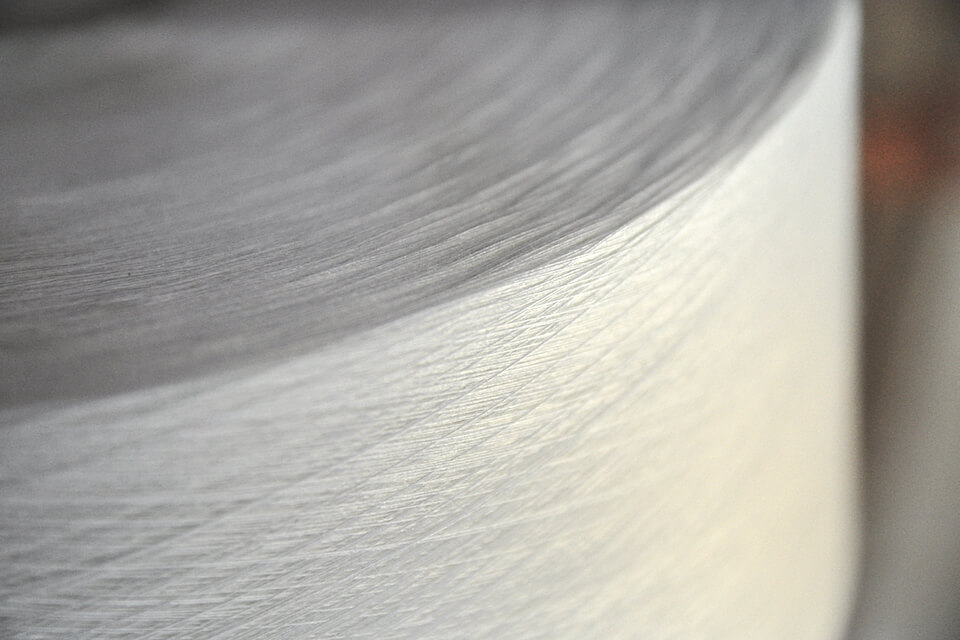
Sustainable
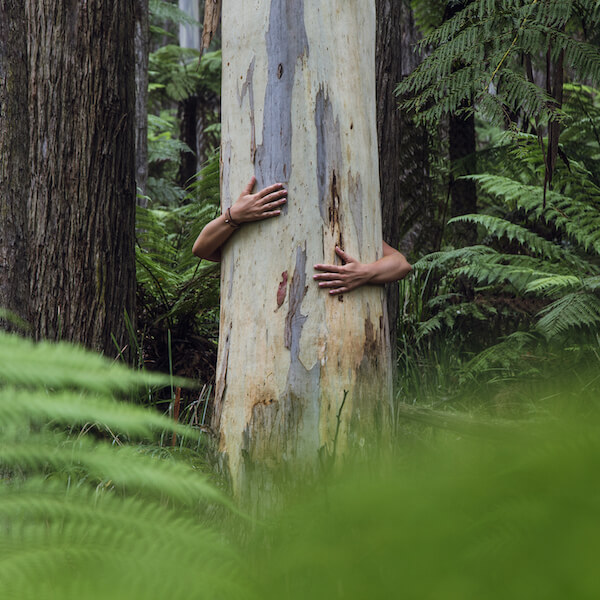
Save
EUKA's products are very different from conventional products in terms of energy efficiency and manufacturing processes.
We have been working to reduce CO2 emissions since 2008, and have reduced power consumption by more than 25%. Real-time inspection, an improvement on the conventional inspection process, has curbed the number of C products that must be discarded, and succeeded in reducing the disposal of synthetic fibers by more than 70%. And in the 280-EUKA's manufacturing process, we have eliminated the need for polyvinyl alcohol (PVA), which used to be essential in the production of high-density cotton fabrics, and reduced the amount of water discharged by 25-35%. We are investing in equipment and reviewing our product mix to make the process PVA-free in the future. As a plant that uses finite resources, we accept responsibility and we have established targets to achieve these reductions.
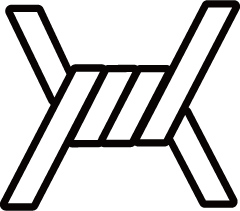
Strong

Protecting Lifelines
Helping to keep water quality clean. Our high-density woven fabric is currently being used as a filter for cement wastewater that can be taken anywhere, helping to protect the environment. We are also making efforts to shift to naturally occurring raw materials for these filters.

Durable

We do not rely on chemicals
We use processes that increase the durability of clothing materials. Long-lasting clothing has value in many ways: it helps to reduce waste, protect water sources, and improve environmental sustainability.
In the actual process, naturally occurring materials are subjected to a densification process (yarns are scorched, twisted tighter, and woven densely). By reducing the surface area, durability is increased.
These are the techniques that were applied and developed in the days when no chemicals were available.

Efficient
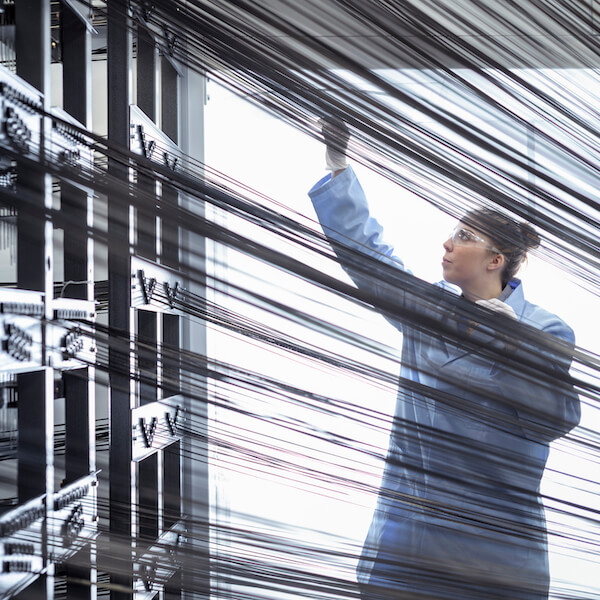
Futures
Energy-efficient production lines, the development of textile looms that place less stress on yarns, and real-time inspections have helped us to reduce not only C products and wastage, but also various other forms of waste. As a result, the know-how and capital that we are accumulating, combined with the pleasant atmosphere of our company, are becoming our resources for development. These development resources will increase the efficiency of the textile industry in making things better and more environmentally sustainable.

Heat Resistant
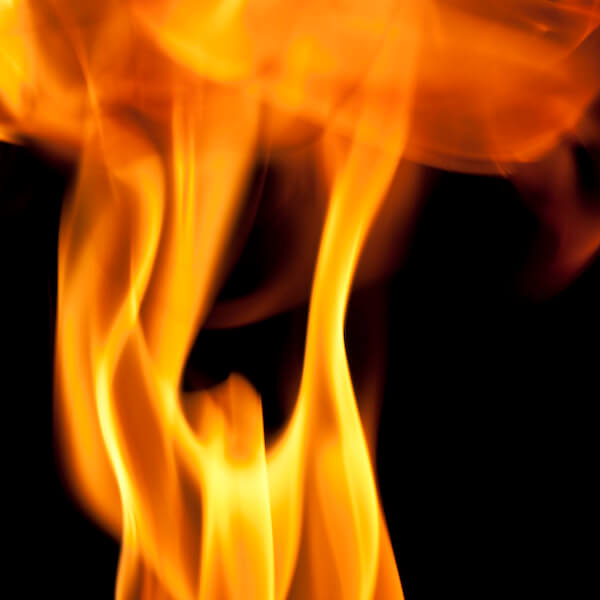
Protection from heat
This technology is useful in the development of firefighting uniforms that protect against heat. This know-how can be applied to clothing materials.
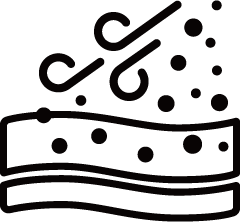
Filtrating
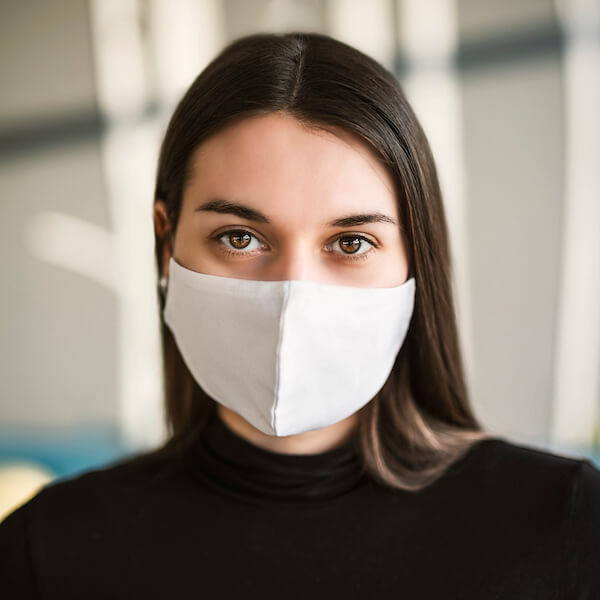
Protection from pollutants and pollen
This clothing material protects against particulates such as pollutants and pollen. It has high filtration properties. Because it is a naturally occurring material, it is less irritating to the skin and offers superior comfort. Its durability is consistent with our age of valuing things.
